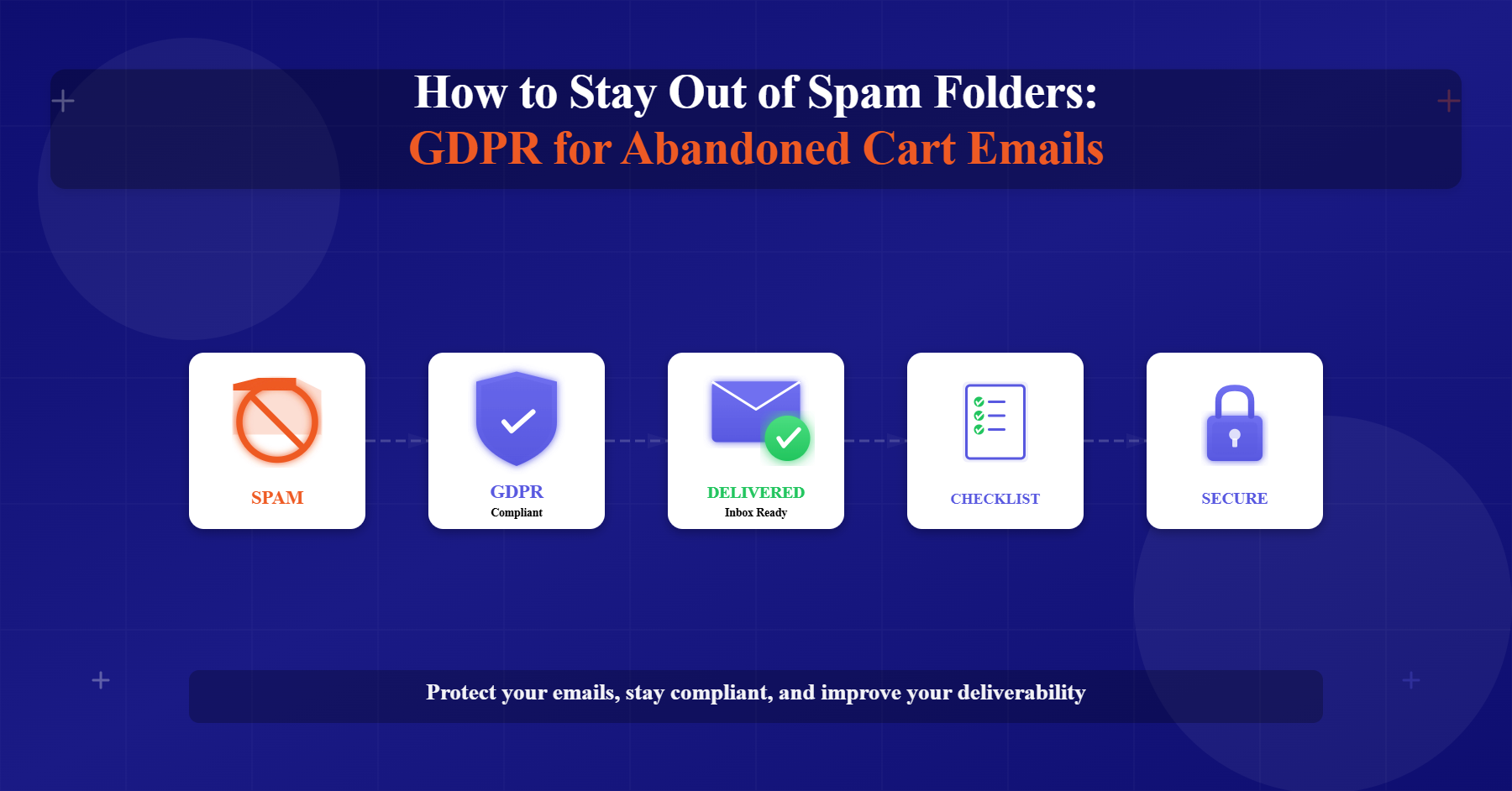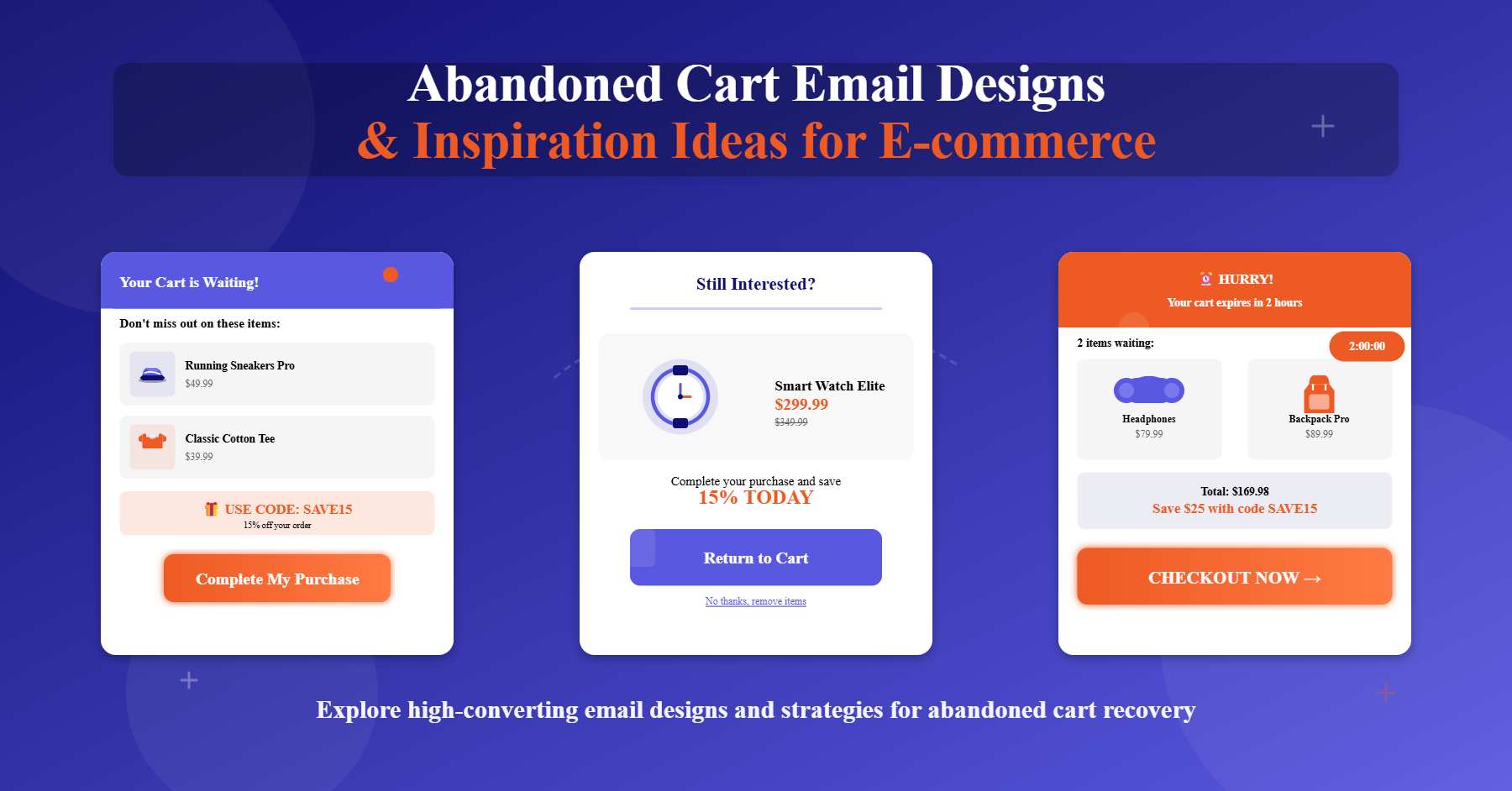New customer acquisition will barely move the revenue needle of your eCommerce store. Successful stores with a good revenue rate know that money is in selling more to the existing customers.
Customer acquisition costs are increasing, and now is the right time to turn your attention to increasing the average order value of your store.
In this post, we’ll discuss the 15 actionable strategies to help boost your AOV. And how you can implement them without affecting your conversion rate growth.
What is The Average Order Value (AOV)?
AOV is the average a customer spends per transaction in your store over a period. It is also an effective measure of the impact of your marketing efforts including changes to the checkout flow in your store.
You can calculate your store’s Average Order Value with a simple formula.
The frequency of AOV measurement also plays a crucial role in the effectiveness of your strategy and its implementation.
If you’re a smaller store with only a few sales per week, measuring your store AOV monthly is more suitable. It will help you spot trends and plan your strategy accordingly. Whereas, if you’re dealing with high sales volumes measuring your AOV weekly makes sense.
You may also measure your AOV during a new marketing campaign to assess its impact.
Why Does AOV Matter For Revenue Growth?
Increasing your AOV means earning more from your existing customers, and reducing the reliance on expensive customer acquisition campaigns.
Higher AOV also improves your return on investment (ROI) from marketing efforts and your Customer Lifetime Value (CLV).
The Benefits of Increasing Your AOV
Boost Revenue: A 10% increase in AOV can result in an exponential growth of your revenue annually.
Increase Profit Margins: With fixed costs spread over larger orders, profit margins grow.
Optimize Marketing Spend: Maximize the ROI of every dollar spent on customer acquisition.
15 Proven Strategies to Increase Average Order Value
1. Free-Shipping Thresholds
Free shipping thresholds are a minimum order value that customers need to meet to qualify for free shipping. This encourages customers to add more items to their cart to reach the threshold, resulting in higher order values.
Free shipping thresholds motivate customers to add more items to their carts. For example, Amazon’s implementation of a $35 threshold for free shipping has consistently encouraged shoppers to increase their cart size to meet the requirement.
By setting an achievable minimum, eCommerce brands can replicate this strategy to enhance order values without deterring customers.
For example, setting the free shipping threshold at $50 if your current AOV is $40 nudges customers to increase their order value.
How to Implement It in Your Store
⬩ Analyze your current Average Order Value (AOV) to set an appropriate threshold.
⬩ Clearly communicate the free shipping offer at checkout and on product pages.
Action Items
⬩ Display free shipping banners.
⬩ Highlight the amount needed to qualify for free shipping.
2. Strategic Upselling and Cross-Selling
Upselling involves encouraging customers to purchase a higher-priced version of a product, while cross-selling recommends complementary items to add to their purchase.
These techniques increase the total value of each transaction by guiding customers to spend more on each order. Effectively it increases your store’s Average Order Value.
Upselling encourages customers to purchase a higher-priced version of the product they’re considering, while cross-selling recommends complementary items.
How to Implement It in Your Store
⬩ Add “frequently bought together” suggestions.
⬩ Showcase premium options for products.
Pro Tip: Use product recommendation tools like TargetBay to automate suggestions.
3. Promote Product Bundles
Product bundling is the practice of offering several related items together as a single package, often at a discounted price.
It creates a perception of value, encouraging customers to purchase more items than they initially intended.
Product bundling creates a perception of value by offering related items at a discounted price when purchased together. To maximize effectiveness, identify products that complement each other and are often purchased together, such as a skincare set or tech accessories.
By analyzing past purchase data and customer preferences, you can bundle items that provide genuine value and resonate with buyers.
How to Implement It in Your Store
⬩ Bundle items that are often purchased together (e.g., a skincare set).
⬩ Offer a small discount on bundled purchases.
Action Items
⬩ Highlight the savings customers get from bundles.
⬩ Use clear, engaging product descriptions.
4. Offer Volume Discounts to Customers
Volume discounts offer reduced pricing based on the quantity of items purchased. It incentivizes customers to buy in bulk, increasing the total order size.
Encouraging customers to buy more with tiered pricing increases order sizes. For example, “Buy 2, get 10% off”.
How to Implement It in Your Store
⬩ Use tiered discounts for bulk orders.
⬩ Communicate discounts effectively with dynamic pricing displays.
Pro Tip: Add urgency by displaying a timer for limited-time volume discounts.
5. Sell With Limited-Time Offers
Limited-time offers create urgency by making discounts or deals available for a short period.
It encourages customers to act quickly, often leading to higher-order values as they take advantage of the deal.
Creating a sense of urgency encourages customers to make quicker decisions and add more to their carts.
How to Implement It in Your Store
⬩ Highlight deals with countdown timers.
⬩ Use “Today Only” offers to drive impulse buys.
6. Personalized Recommendations
Personalized recommendations use customer data to suggest products that match their interests or previous purchases. It increases the likelihood of additional purchases by showing customers items they’re likely to want.
AI-driven tools can suggest products tailored to the customer’s browsing or purchase history, increasing the chances of additional purchases.
How to Implement It in Your Store
⬩ Integrate tools that can offer personalized recommendations to buyers.
⬩ Place recommendations on product pages and during checkout.
Action Items
⬩ Include recommendations in email campaigns.
⬩ Ensure recommendations are relevant to customer interests.
7. Loyalty Programs
Loyalty programs reward customers for repeat purchases with points, discounts, or exclusive perks.
It encourages customers to spend more to unlock rewards, increasing both Average Order Value and customer retention.
Loyalty programs incentivize customers to spend more to earn rewards or unlock exclusive perks.
How to Implement It in Your Store
⬩ Use points-based systems for purchases.
⬩ Offer tiered rewards for higher spenders.
Pro Tip: Use loyalty apps like TargetBay Rewards to manage rewards effectively in your eCommerce store.
8. Exit-Intent Popups
Exit-intent popups are triggered when a customer is about to leave your site without completing their purchase. These popups offer last-minute incentives to encourage customers to finalize their orders or increase their value.
Capture customers who are about to leave with last-minute offers or discounts.
How to Implement It in Your Store
⬩ Trigger popups with exclusive deals when customers move their cursor to exit.
⬩ Offer small incentives, like 10% off, to finalize purchases.
9. Seasonal and Holiday Promotions
Seasonal promotions tie discounts and special offers to specific holidays or seasonal events. It aligns with customer shopping habits during peak seasons, driving higher Average Order Values.
Tying promotions to holidays creates urgency and aligns with customers’ shopping behavior.
How to Implement It in Your Store
⬩ Plan email marketing campaigns around key holidays.
⬩ Bundle seasonal items with discounts.
10. Target Post-Purchase Upsells
Post-purchase upsells are additional offers made to customers after they’ve completed their purchase. It capitalizes on the trust and excitement of the purchase moment to encourage further spending.
Offering complementary items after the initial purchase capitalizes on customer trust.
How to Implement It in Your Store
⬩ Include upsell offers on the confirmation page.
⬩ Send follow-up emails with related product recommendations.
Pro Tip: Keep post-purchase offers affordable and relevant.
11. Exclusive Deals for High-Spending Customers
Exclusive deals are personalized offers made specifically for your highest-spending customers. It makes VIP customers feel valued, encouraging repeat purchases and higher spending.
VIP customers who receive personalized perks are likely to spend more and remain loyal.
How to Implement It in Your Store
⬩ Create VIP tiers for high spenders.
⬩ Offer early access to sales or exclusive products.
12. Installment Payment Options
Installment payment options allow customers to break their purchases into smaller, manageable payments over time. It reduces the barrier to purchasing higher-ticket items, leading to larger order values.
Providing payment flexibility for high-ticket items reduces the barrier to larger purchases.
How to Implement It in Your Store
⬩ Use tools like Klarna or Afterpay.
⬩ Clearly communicate installment terms.
13. Improved Product Descriptions and Images
Engaging product descriptions and high-quality images showcase your products in the best possible light.
For example, a high-quality description of a skincare product might emphasize its unique ingredients and the specific benefits they offer, such as “infused with vitamin C for a brighter complexion and hyaluronic acid for deep hydration.”
Combining this with crisp, professional images showing the product in use can instantly make it more appealing to customers, encouraging them to add it to their cart.
They highlight the value and appeal of premium products, encouraging customers to spend more.
Appealing visuals and compelling descriptions make higher-priced products more attractive.
How to Implement It in Your Store
⬩ Invest in professional product photography.
⬩ Write descriptions that emphasize benefits and unique features.
Pro Tip: Use videos or 360-degree images to enhance product pages.
14. Improved Product Descriptions and Images
When it comes to increasing Average Order Value, visuals, and copy matter. Strong product descriptions paired with high-quality images not only show off premium items but also help customers see the value. When describing products, focus on what makes them unique—whether it’s the ingredients, materials, or functionality.
Crisp, clear images or videos that demonstrate the product in use make customers feel more confident about their purchase, especially when considering higher-priced options.
How to Implement It in Your Store
⬩ Use high-resolution images and videos for every product.
⬩ Write descriptions that highlight key features and benefits.
Pro Tip: 360-degree product views can enhance the shopping experience.
15. Lean on Subscription Models
Subscription models turn one-time purchases into recurring revenue, which can increase your overall Average Order Value over time.
Subscriptions keep customers engaged and offer value, especially if they get a discount for committing to regular orders. Using reliable SaaS subscription management solutions ensures the process runs smoothly This recurring revenue boosts Average Order Value in a steady, predictable way.
How to Implement It in Your Store
⬩ Offer subscription options on consumables or frequently bought items.
⬩ Give incentives like a discount for committing to a monthly plan.
Pro Tip: Use subscription apps like Recharge or Bold Subscriptions to manage your offers.
Track & Iterate Your AOV Improvement Strategies
You can’t improve what you don’t measure, so track the impact of these AOV strategies. To measure it accurately, you need to track a few metrics.
KPIs to track: Overall Average Order Value growth, Conversion rates, and average number of items per order.
Tools like Google Analytics and Shopify Reports can give you all the insights you need to see what’s working. Once you have the data, don’t be afraid to adjust your strategy based on what the numbers tell you.
How to Implement AOV Strategies Without Hurting Conversion Rates
Boosting AOV shouldn’t come at the expense of your customer’s experience. Here’s how you can enhance AOV while keeping conversions intact:
1. Focus on Enhancing Customer Experience
Ensure that your strategies align with customer expectations. For instance, offering free shipping thresholds should feel like a bonus, not a bait-and-switch tactic.
2. Subtle Yet Effective Techniques
Use features like personalized recommendations and product bundling to guide customer decisions naturally. Subtle nudges often lead to higher Average Order Value without annoying buyers.
3. Test and Iterate
A/B test your offers, product bundles, and upsell tactics to determine what works best for your audience. Tools like Google Optimize or Optimizely can help refine strategies.
Pro Tip: Use customer feedback to fine-tune your strategies and ensure they’re well-received.
To Summarize
Focusing on Average Order Value is one of the most effective ways to grow your eCommerce business without needing to increase traffic. By implementing strategies like upselling, bundling, or offering subscription models, you can encourage customers to spend more, boosting your revenue.
Start applying these techniques today, and monitor your progress to see tangible results. Remember, the right tools can make this process even easier.






